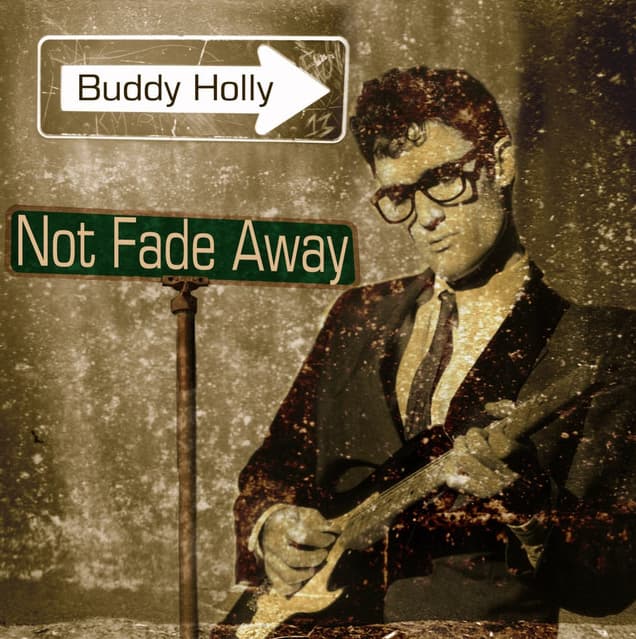
Buddy Holly’s Timeless Classic: “Not Fade Away”
Buddy Holly and the Crickets, pioneers of rock and roll, recorded a song in 1957 that, despite its original status as a B-side, has reverberated through the decades with a tenacity matching its title: “Not Fade Away”. Capturing the essence of a musical era that laid the groundwork for modern rock, this track showcases Holly’s innovative approach to rhythm and melody, making a significant mark on the genre’s evolution.
The recording session in Clovis, New Mexico, on May 27, 1957, was a seminal day for Holly and his band, the Crickets. Not only did they lay down this track, but they also recorded “Everyday,” another classic. However, it was “Not Fade Away” that truly showcased a rhythmic innovation that would become a hallmark of the rock genre. The song employs a variant of the Bo Diddley beat, which itself is a transformation of the “hambone” rhythm, derived from West African patted juba. This rhythmical structure features a distinct emphasis on the second beat of the measure, creating a compelling and driving beat that distinguished it from other songs of its era.
The beat of “Not Fade Away” was famously pounded out by Jerry Allison, the drummer for the Crickets, on a cardboard box, lending a unique, organic quality to the track that was atypical for the time. Allison, a close friend of Holly, also contributed to the song’s lyrics, though his contributions were not officially credited. The ensemble was completed by Joe Mauldin on the double bass and possibly backed by vocals from Holly, Allison, and Niki Sullivan, though the exact details of the backing vocals remain uncertain.
Originally released as the B-side to the hit single “Oh, Boy!” “Not Fade Away” found its place on the album The “Chirping” Crickets (1957). Despite not charting as a single in its own right, the song’s influence was profound. It carved a niche in rock history with its innovative beat and Holly’s distinctive vocal style, which would go on to inspire countless musicians. In recognition of its impact, Rolling Stone ranked “Not Fade Away” number 107 on its list of “The 500 Greatest Songs of All Time” in 2004.
Though Buddy Holly’s life and career were tragically cut short, his musical legacy, as exemplified by “Not Fade Away,” continues to resonate. The song not only captures the youthful energy and creative experimentation of the 1950s rock and roll scene but also serves as a testament to Holly’s enduring influence on the music industry. It remains a timeless piece, echoing through the ages and insisting, much like its title, on never fading away.